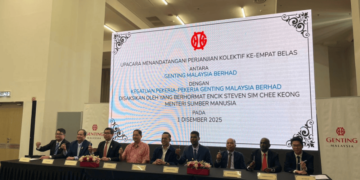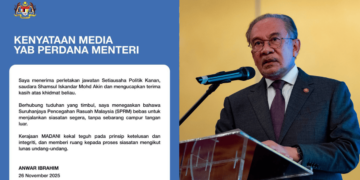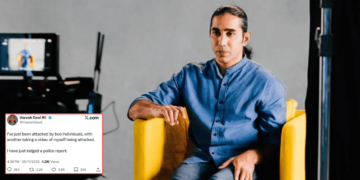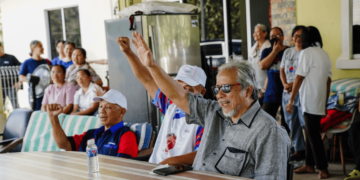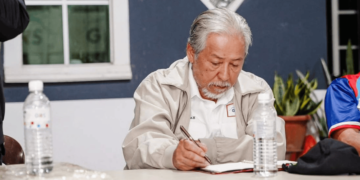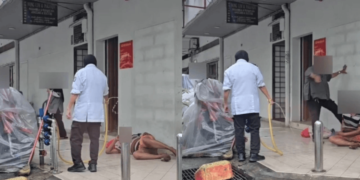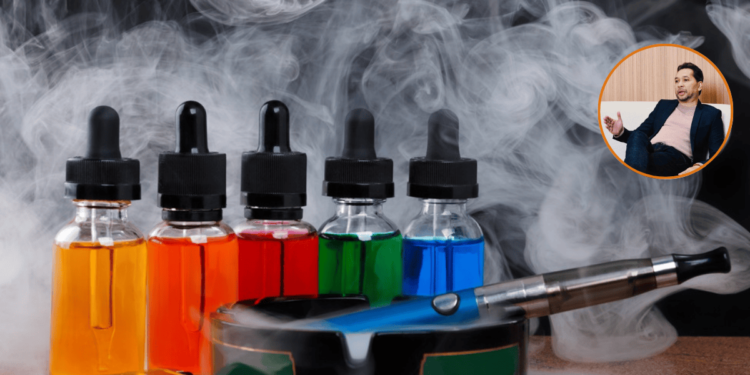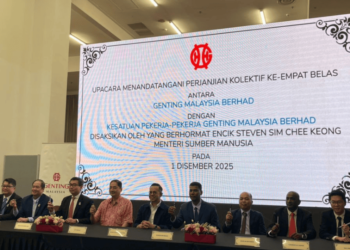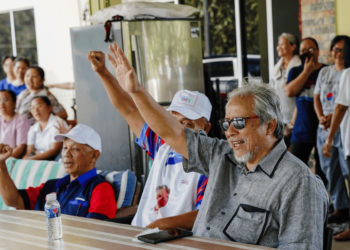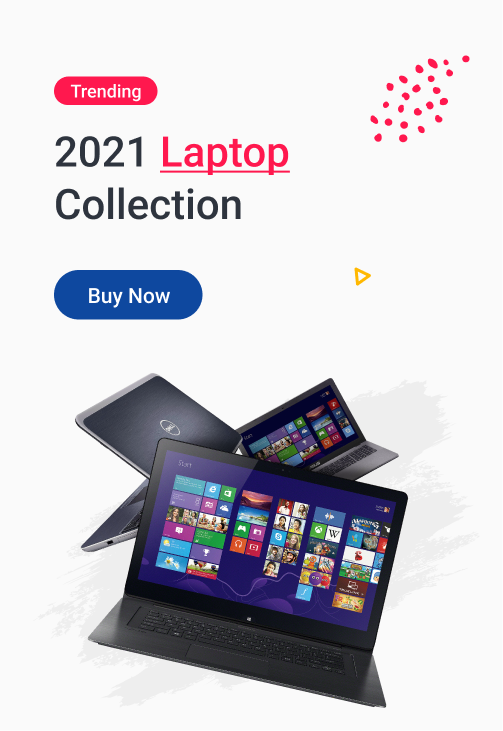When asked about the government’s position on vaping, Health Minister Datuk Seri Dr Dzulkefly Ahmad remarked that a ban was not a matter of if but when. More recently, he acknowledged that regulating vape products would be a more pragmatic approach, noting that an immediate outright ban would likely face strong legal and commercial challenges.
On this point, there is common ground: a preference for regulation over prohibition is indeed a step in the right direction. But the rationale should go deeper than the fear of court battles.
The real argument for regulation is not about avoiding legal challenges, it is about what is really good for public health.
Instead of pushing the issue further underground through prohibition, MOVE President Samsul Kamal argues that the government should regulate vaping within a transparent, science-based regulatory framework. Doing so will allow Malaysia to address three key considerations: separating vapes from narcotics, regulating access to protect youth, and recognising vaping as a tool for smoking cessation.
Vapes and narcotics are two different issues
In the rush to protect youth, it has become common for policymakers to lump vaping together with narcotics. Prime Minister Anwar Ibrahim has previously spoken of “drug and vape abuse” in the same breath, while Singapore’s Prime Minister Lawrence Wong has doubled down on his country’s zero-tolerance stance on vaping; warning that “many of these vapes are laced with addictive and harmful substances”. Samsul Kamal explains that it is the lacing that makes them dangerous, not the vape device itself.
Vape is not a narcotic – it is a delivery device, much like “a syringe or an inhaler” says Samsul Kamal. Like any device, its risks depend on how it’s used.
The real public health challenge comes from black-market, laced products that flourish under prohibition. Conflating vapes in the same category as drugs oversimplifies the issue and risks clouding policymaking. Only regulation ensures that children are protected while allowing vape to function as for the public’s benefit: as a cessation tool.
Vapes: A Safe Alternative for Smokers
Samsul Kamal maintains that the potential for vape as part of a broader harm reduction strategy is overlooked. He states that vapes are “alternatives for smokers who want to quit” and cites them as “95% less harmful than tobacco” according to a study by Public Health England (2015).
He also remarks how internationally, countries such as the United Kingdom and New Zealand have successfully integrated vaping into their tobacco harm reduction strategies, pairing regulation with education and public health campaigns. Numerous independent studies conclude that vape carries fewer risks than smoking, and many smokers have successfully transitioned away from tobacco by turning to vape.
For smokers, a ban does not eliminate risk, it simply preserves the most harmful option while removing a less harmful alternative. When Malaysia talks about banning vape, we are not protecting health, we are protecting cigarettes. We are telling smokers they can buy a pack of cigarettes at any convenience store, but not a safer alternative. That is just ridiculous.
For instance, travellers to Singapore who use vape as a smoking cessation tool will have no choice but to pick up a pack of cigarettes, which deter their effort to quit smoking. This will happen to Malaysian smokers too if vape is banned.
Protecting the Youth
The priority in any discussion on vaping must be youth protection. Yet history shows that blanket bans rarely achieve this. Instead, prohibition shifts supply into unregulated spaces and gives syndicates control of the vape supply. In these conditions sellers have no incentive to uphold age restrictions or safety standards. This allows informal supply chains to flourish – effectively making illicit vapes more accessible to minors.
By contrast, regulation provides safeguards and tools to mitigate these risks. With clear age restrictions, licensing frameworks, and enforceable penalties for retailers, access can be limited and monitored, as well as the contents within them. Rather than pushing the problem out of sight, regulation makes it possible to control the market responsibly and safeguard public health.
Do we want kids buying vapes from street corners, or do we want them locked behind the counter of licensed, regulated shops, accessible only to those who need it?
The postponement of the vape ban should not be seen as indecision, but as an opportunity to get regulation right. A vape ban is not a win for the public health of Malaysians. It’s a win for cigarettes, a win for the black market, and a loss for every Malaysian smoker who wants to quit.
For the sake of consumers, the Ministry of Health needs to make up its mind because the choice is simple: keep delaying with threats of prohibition, or take decisive action now to regulate with science and sense.
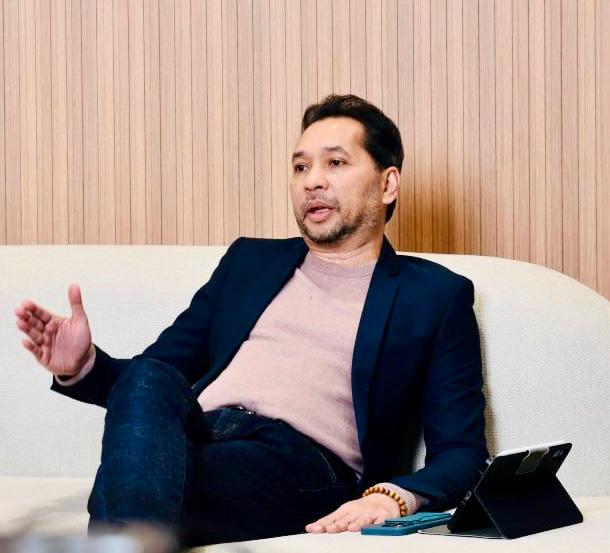
-MalayaDailyToday


